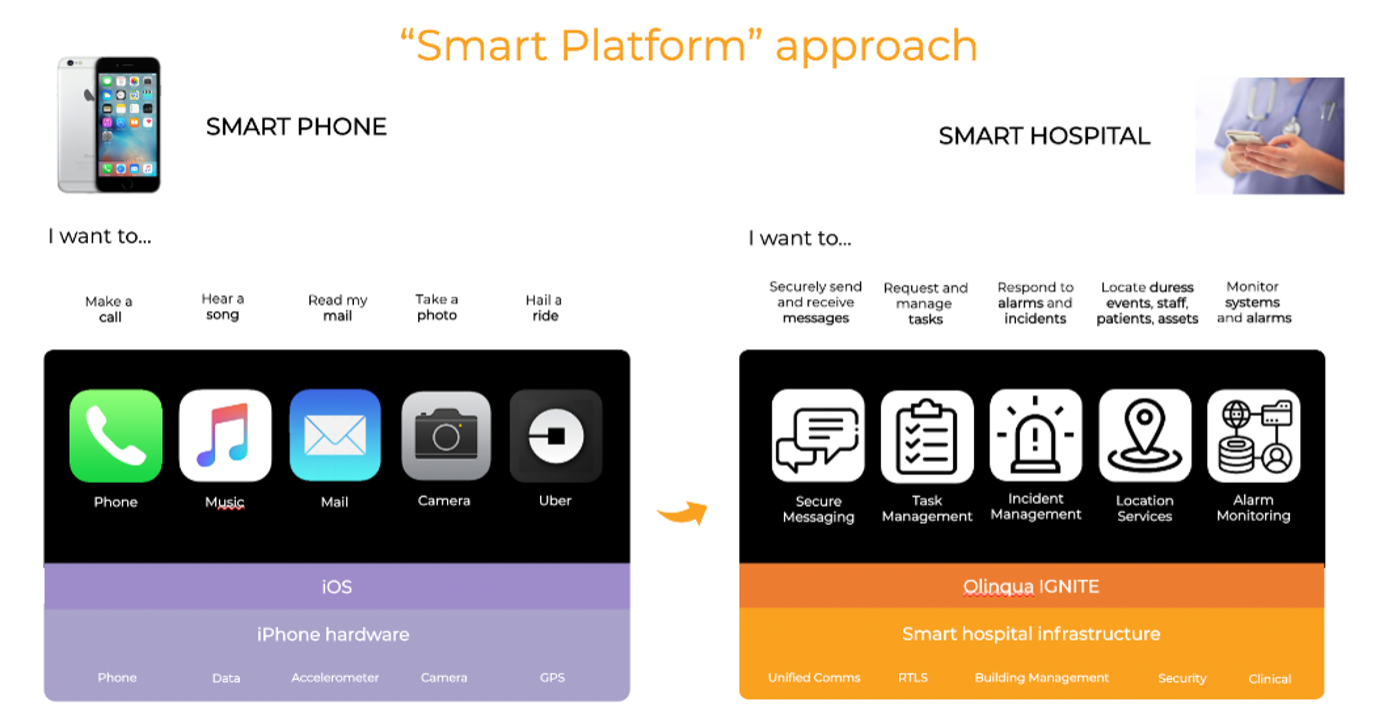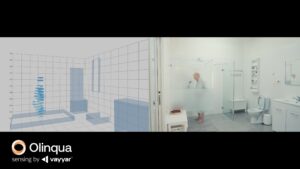It is well-known that health systems can generate a wealth of data on patients and population health, that can be a powerful tool for organisational decision-making, innovative research, and faster and safer forms of healthcare delivery.
“Big data” are words we hear often not just in healthcare but also across many industries that are exploring how they can potentially increase their capabilities to enable faster and better-informed business decisions.
However, from the perspective of a frontline clinician, effective utilisation of large and complex “big” data that might only be processed using high-performance analytics does not supply the capability to directly provide immediate, frequent and on the spot patient care.
So how can healthcare technology providers use their platforms to provide small data to deliver positive impact for patient care?
Let us find out!
Identifying Small Data
Small data is all around clinicians and other staff in hospitals, aged care, and other healthcare facilities.
The location and movement of patients, staff, visitors and equipment and other environmental triggers such as temperatures, status of tasks and alarms monitoring – are real-time “small data” generated by systems across a facility’s every moment.
Small data is generated in a volume and format that makes it accessible, informative, and actionable, connecting people with timely, meaningful insights that will support and improve everyday tasks.
A typical example of small data in a hospital might be how many patients have required an MRI within the last month through tasks that have been raised for this requirement. A pattern that shows an increased influx compared to previous months might inform management to divert more human and equipment resources for this task to ensure faster care for patients.
Challenges with Small Data in Healthcare
Today, more technologies are being enabled to ingest small data flows through digital systems integration with other solutions, the Internet of Things (IoT), sensors, mobile devices, and digital tags in the workforce.
However, our team’s, Clinical Board members’ and clients’ experiences show that there are many different systems in a health or aged care facility that not only create clinical communications and collaboration gaps but also enable small data flows in silos.
Vertical solutions which monopolise data sources for a single outcome are not only inefficient but also throttles the enterprise value of small data.
An “integrated” solution
Enterprise CIOs and CTOs are already embracing core platforms and innovating at their edge.
Enterprise applications use long-standing best practice around data orchestration, management, and reuse. Small data should be no different.
Through our own experience in developing and implementing Olinqua IGNITE in over 70 Australian hospitals and aged care facilities, these small data flows should be integrated, orchestrated, and managed on a core platform. Process innovation should be enabled without the silos.
We believe that small data integrations should be optimised and made readily accessible, encouraging reuse and reducing of the integration sprawl.
Let us see how a digital health solutions platform can support small data integrations for real-time decision making and delivery of quality patient care faster, better, and smarter.
Olinqua IGNITE – A Small Data Platform
Olinqua is small data platform for hospitals. Olinqua enables consolidation and interpretation of small data flows, promoting new levels of awareness, visibility, and control over critical events as they occur in real-time in the real world.
How does IGNITE do this?
As a middleware platform, Olinqua uses integration capability, intelligent event, and workflow management to receive and distribute data to the right people at the right time – in the form of messages, notifications, tasks, alerts, and workflows – via their device of choice.
IGNITE aims to improve operational efficiency and better staff and patient outcomes within a hospital.
This middleware capability can often be described using the “smart” platform approach that many of us use daily through our iPhones or Android mobile devices, as can be seen in the diagram below.

Tapping into small data for bigger results with Olinqua
Small data that provides clinicians with actionable insights at the patient level can be harnessed to provide better care in multiple ways.
Research from Cornell University found that small data generated by walking and location patterns, communication habits, and online behaviour can yield valuable insights to health providers, workers, and clinicians that allow for more personalised patient treatment.
Olinqua’s IGNITE can support the collection, modification, distribution, and reporting of small data to provide valuable real-time information for clinicians and hospital executives. Get in touch for a complimentary demo with one of our products and/or delivery team members.



